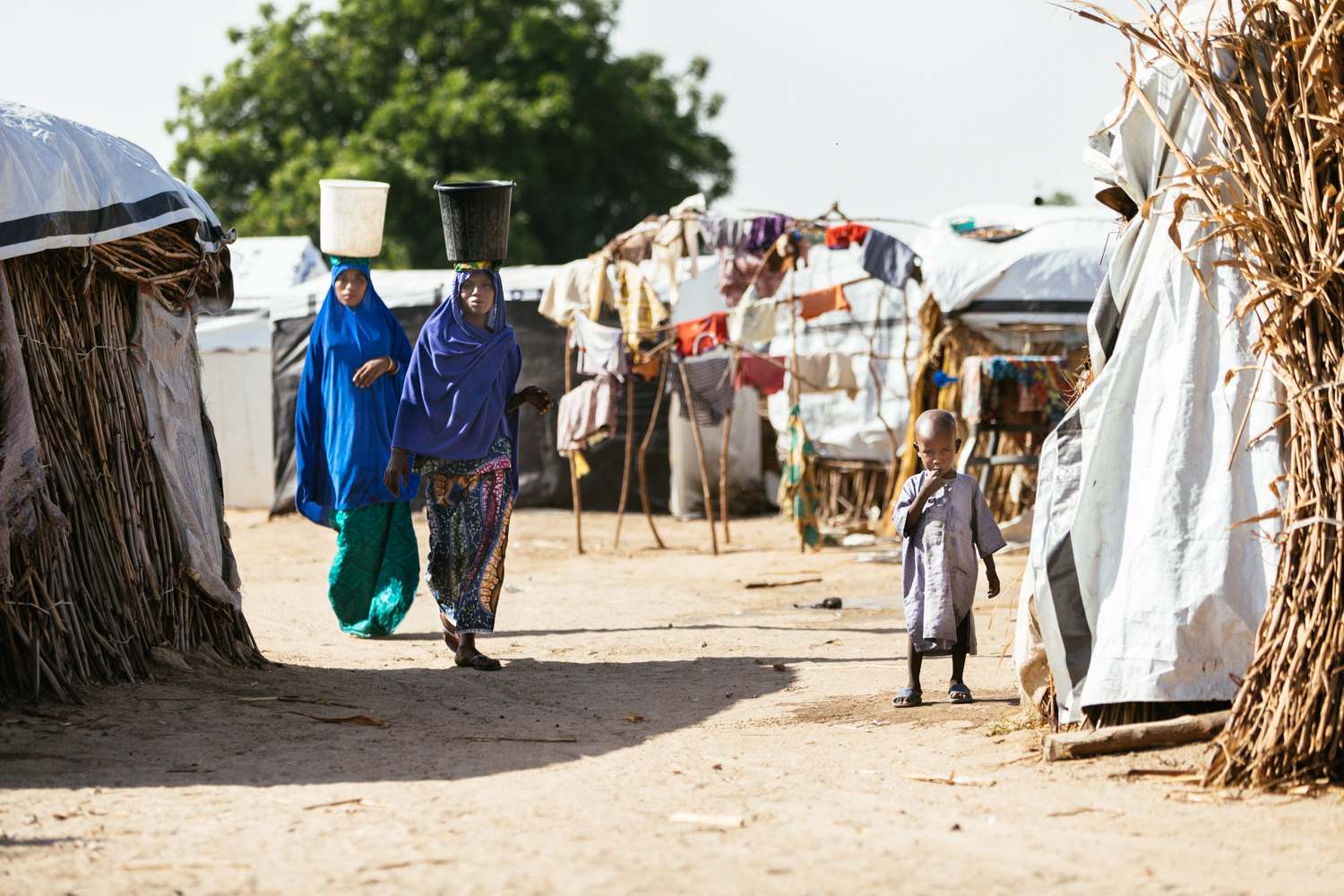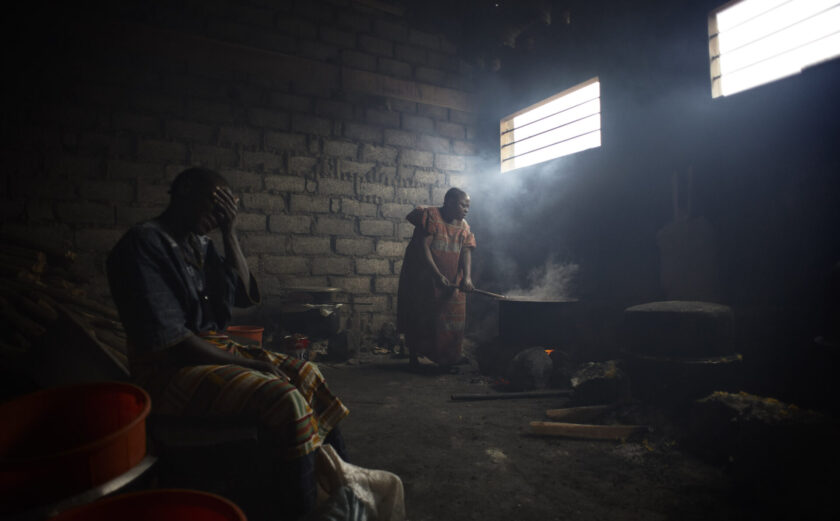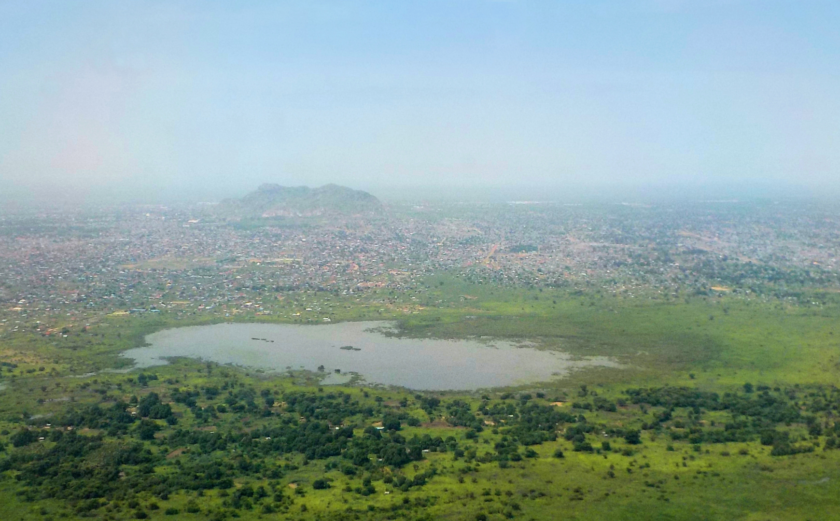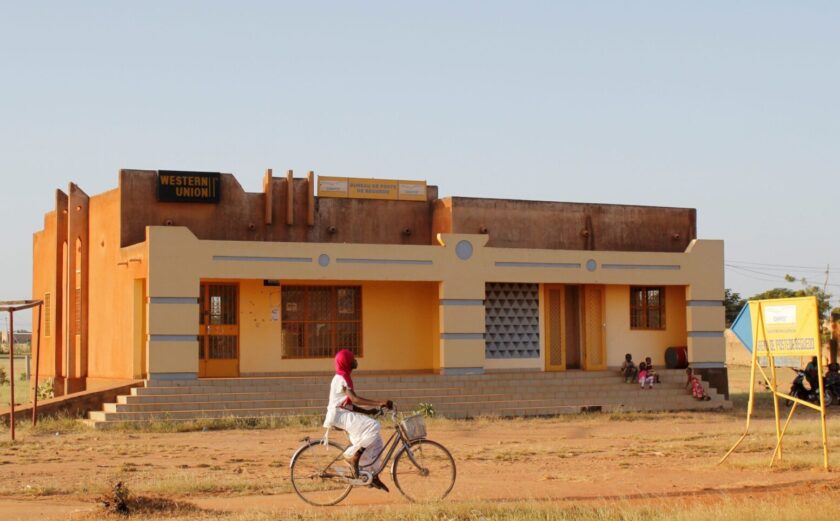
It’s Time to Break the Deadly Link Between Conflict and Hunger
Conflict is now the leading cause of acute hunger worldwide. Approximately 49 million people facing acute hunger live in 21 countries and areas affected by conflict or insecurity.
One year ago, on May 24, 2018, the U.N. Security Council unanimously adopted Resolution 2417, which condemns the starvation of civilians as a weapon of war and acknowledges hunger tactics as a violation of international humanitarian law. The resolution makes clear that conflict-induced hunger is a peace and security issue. Yet, one year later, too little has changed.
Millions of people around the world are trapped in a deadly, man-made cycle of conflict, displacement, and hunger. On top of this, young men are recruited into armed groups, placing a disproportionate burden on women to care for children, the elderly, and disabled populations experiencing extreme deprivation. In the Horn of Africa, severe drought is compounding hunger crises in areas that are already affected by hunger; this drought is predicted to worsen over the months ahead. The world cannot afford to wait any longer.
What can the U.N. do? Here are three recommendations to end to conflict-induced food insecurity, which I presented to select members of the Security Council last week.
Improve data and information on food insecurity in conflict areas and displaced communities
Scorched-earth tactics and the deliberate targeting of civilian infrastructures such as land, farm animals, and water wells wreak havoc on food security and public safety. These tactics also restrict freedom of movement and commercial trade. As a result, civilians are unable to meet basic needs. These are violations of human rights and international humanitarian law, yet the global community often doesn’t know about the severity and scale of these challenges early enough to intervene before conflict becomes a crisis.
In addition, some of the highest rates of acute malnutrition can be found in displaced communities, as the number of displaced people continues to reach record-high levels. In 2017, 68.5 million people were forcibly displaced. Many people in areas affected by conflict rely on agriculture for their livelihoods. Drought and other climate shocks drive herders and farmers even deeper into crisis. Those forced to flee their communities are unable to grow crops and manage livestock, which severely limits their ability to make a living and feed their families. As a result, even if they are far from the front lines, civilians must rely on humanitarian assistance.
Several early warning tools exist for analyzing food insecurity, such as the Integrated Phase Classification and the Cadre Harmonisé, but they face numerous political and technical constraints, especially in conflict areas. These monitoring systems are often based on incomplete information. Governments may be inclined to manipulate data and humanitarian actors may not have access to communities to understand the gravity of the situation. Recognizing that current analytical tools fail to paint a complete picture of conditions on the ground, the Security Council should use proxy indicators such as denial of access to trigger political action.
To collect essential data, humanitarian organizations need access to areas impacted by conflict. For that, we need U.N. support. Physical and administrative barriers to humanitarian aid greatly limit access to assistance in conflict settings. The Security Council should prevent and reverse this situation, holding violators accountable by establishing independent enforcement and accountability mechanisms.
We also need an agreement among U.N. agencies and the Security Council on the triggers that will activate a crisis response by the U.N. Secretary General. For example, we need a process for humanitarian actors to submit white papers that provide insight on denial of access and other components of starvation crimes. The world should not turn a blind eye simply because of insufficient data.
Ensure communities have access to basic needs and humanitarian assistance
Civilians in conflict-affected areas need access to basic services, and humanitarian workers need safe ways to ensure their teams and emergency supplies can reach communities in need. In Northeast Nigeria, thousands of people are trapped without life-saving humanitarian assistance. In Yemen, restrictions on land, sea, and air trade routes have led to severe cuts of vital supplies of commodities such as food, fuel, and medicines. In Mali, counter-terrorism measures restrict the use of motorcycles and pick-up trucks and limit civilian access to humanitarian aid.
All people deserve safe, unhindered, and rapid access to the humanitarian assistance that can save their lives. The U.N. and member states must make ensuring access a priority, engaging with national and regional authorities, and applying diplomatic pressure to remove access constraints. The U.N. should hold accountable those parties who fail to allow access.
Act early where hunger is likely, prioritizing food security and livelihoods
Once humanitarian workers have access to reach communities affected by conflict and hunger, the Security Council should take early and more decisive action to ensure civilians’ needs are met. For example, in Northeast Nigeria, over 800,000 people are in hard to reach areas in desperate need of basic services and humanitarian assistance—verified by the emergency indicators of people who have left these areas.
The global community has a moral obligation to act in situations where there are credible reasons to believe that millions of people are in desperate need of assistance but, data is unavailable. We shouldn’t wait until famine is officially declared to help people in places where famine is likely.
Adequate funding for humanitarian programs is essential. Research shows that humanitarian needs are becoming less predictable since a country’s anticipated needs during a grant proposal process do not always match their actual needs months later once funding is dispersed. Humanitarian organizations need access to adequate, flexible, and longer-term funding to effectively address complex issues that require sustained engagement and adaptive responses.
Moving Beyond Rhetoric
While most countries have achieved 25-year gains in reducing hunger, such progress has stagnated or deteriorated in the majority of countries experiencing conflict. To reverse this trend, the international community must stand up against the use of hunger as an unacceptable weapon of war and ensure those who are suffering from such tactics receive the humanitarian assistance they need.
Ending conflict-related hunger depends on timely data and information to activate early action systems; humanitarian approaches that promote food security and civilian livelihood; and better humanitarian access to at-risk communities.
Donors should provide rapidly dispersible and flexible funding to support conflict-sensitive, multi-year responses to conflict-induced hunger. They can also invest in conflict-sensitive analysis and response, supporting governments and humanitarian and development actors to do the same.
Until the cycle of conflict-fueled hunger is broken, we need the U.N. Security Council to turn their resolution into effective action against hunger before even more civilians die.
–Shashwat Saraf, Action Against Hunger’s Country Director in Nigeria. Action Against Hunger is the world’s hunger specialist and a nonprofit leader in a global movement that aims to end life-threatening hunger for good within our lifetimes. For 40 years, the humanitarian organization has innovated better ways to treat and prevent hunger. It serves more than 21 million people annually across nearly 50 countries.
This piece was originally published on Action Against Hunger’s blog on 5/31/19.









